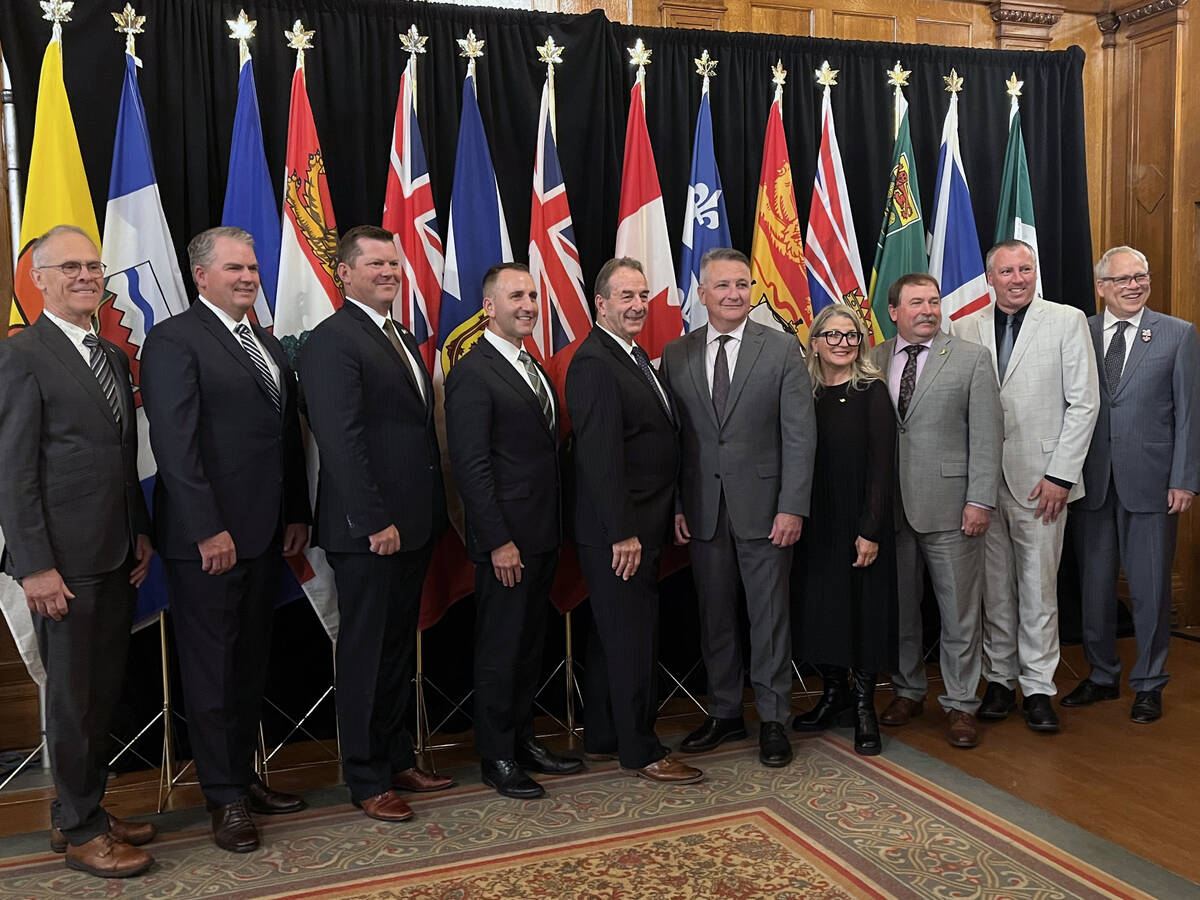Economic returns | Trees would save on the cost of sand, salt and snow removal
INTERNATIONAL PEACE GARDEN, Manitoba-North Dakota border — Snow will soon be blowing over the Prairies, obstructing drivers’ vision and creating hazardous roads.
Living snow fences are one solution that some American states are trying but that farmers haven’t exactly embraced.
Dean Current, director of the Centre for Integrated Natural Resources Management at the University of Minnesota, said his state’s transportation department identified 3,800 problem areas where a living snow fence could help keep snow off the road.
It established a program with the U.S. Department of Agriculture under the Conservation Reserve Program and Environmental Quality Incentives Program to pay farmers to grow and maintain the windbreaks. Another program also pays farmers to leave standing corn rows.
Read Also

Agriculture ministers commit to enhancing competitiveness
Canadian ag ministers said they want to ensure farmers, ranchers and processors are competitive through ongoing regulatory reform and business risk management programs that work.
Current said the adoption rate has been low, even with the incentives and clear evidence of safety and transportation benefits.
Payments have been made for several years and only 2.3 percent of the problem areas have been addressed. In 2011, the program spent only 20 percent of its budget, he said.
A study done last year found that there would be economic returns of more than $1.3 million per year if 40 percent of the sites were planted with living snow fences.
“That could be applied to more living snow fence and getting more landowners involved,” Current said.
The transportation department would avoid the costs of sand, salt and snow removal.
Societal benefits include fewer accidents, better travel time, re-duced greenhouse gas emissions and sequestered carbon.
However, in the same study farmers identified several costs and constraints to the program.
Current and others found the main issue was the risk associated with maintaining the trees, including replacing trees that died, and the landowners’ liability.
The study revealed that landowners wanted better compensation for the first, second and third years after the living snow fence was established, which is when maintenance costs are highest.
Farmers also cite higher costs and inconvenience trying to farm around the trees.














